World War I involved some 65 million participants and resulted in just under 10 million combat-related deaths. Today, only one known surviving American doughboy, Frank Woodruff Buckles, remains.
A corporal who served as an ambulance driver in the 1st Fort Riley Casualty Detachment, he is 108 years old. Unable to attend this year's Memorial Parade in the nation's capital, he addressed the American people through a Memorial Day Letter, stating, "America goes to war to free, to liberate, to protect, and to bring justice to bear. I hope this Memorial Day, you take the time to thank the veterans you meet for their service to this country and the sacrifices that they have made to preserve your freedom."
Histories of World War I abound. Many such histories were sanctioned and funded by participating governments; other were written by participants, both well-known and unknown alike; others were written to document the activities of military units and organizations during the war; and still others were and continue to be written by scholars and academics.
The U.S. Army Military History Institute (MHI) of the Army Heritage and Education Center at Carlisle Barracks, PA, holds a substantial collection of these unit, official, and scholarly histories pertaining to World War I. The Institute has also gathered a unique collection of participant memoirs and reflections on their military service during the conflict.
Based on the successful Spanish-American War veterans' survey collection, in late 1974 an effort was launched to document the military experiences of American World War I veterans and to capture personal reflections about their service.
Between 1977 and 1983, thanks to the cooperation of the veteran's organization, The Veterans of World War I of the U.S.A. Inc., 94,000 veterans were contacted and requested to participate. Ultimately, approximately 6,000 of them completed questionnaires, and another 2,000 donated letters, diaries, memoirs, photographs, military newspapers, and books. The resulting collection is the largest anywhere of personal material on American military personnel in the First World War.
As the materials were received, they were organized, to the extent feasible, similarly to the arrangement of the Order of Battle of the United States Land Forces in the World War. One indication of the overall success of the veteran survey initiative is the World War I Survey Photographic Collection. The collection consists of some 54,000 photographs, all of which were acquired as a result of the survey.
There are three primary categories of users of the MHI's World War I veteran survey collection: genealogists and family members; researchers interested in questionnaires based on a particular unit; and historians interested in specific aspects of military service such as morale, combat, medical treatment techniques, training, and educational opportunities, among many others .
To identify materials contained in the nearly 400 archival box collection, MHI in 1986 published a book-length guide: Special Bibliography 20: World War I, Volume I, Manuscripts: The World War I Survey, compiled by Hermine Scholz. A copy of this book may be found on the AHEC website. Also on that website is a more current, searchable, digital finding aid under "Resource Guides/Finding Aids."
These finding aids lead to the veterans' own accounts of the history that they helped to make in what they knew as "The Great War." That war ended 91 years ago this week. Because their accounts are available at MHI, the record of their service to our Army and to our nation will never end.
ABOUT THIS STORY: Many of the sources presented in this article are among 400,000 books, 1.7 million photos and 12.5 million manuscripts available for study through the U.S. Army Military History Institute (MHI). The artifacts shown are among nearly 50,000 items of the Army Heritage Museum (AHM) collections. MHI and AHM are part of the: Army Heritage and Education Center, 950 Soldiers Drive, Carlisle, PA, 17013-5021.
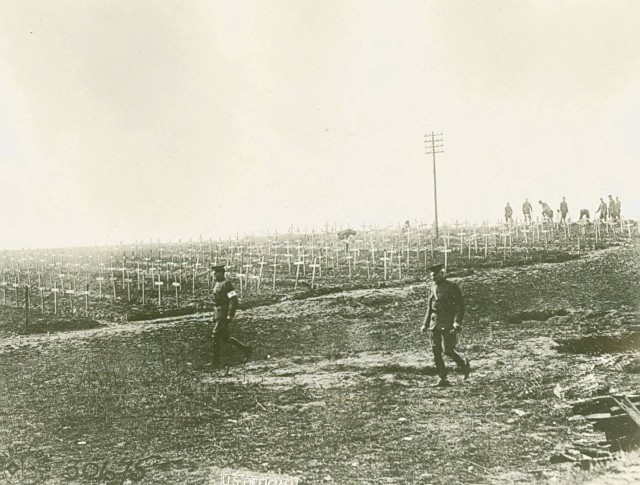
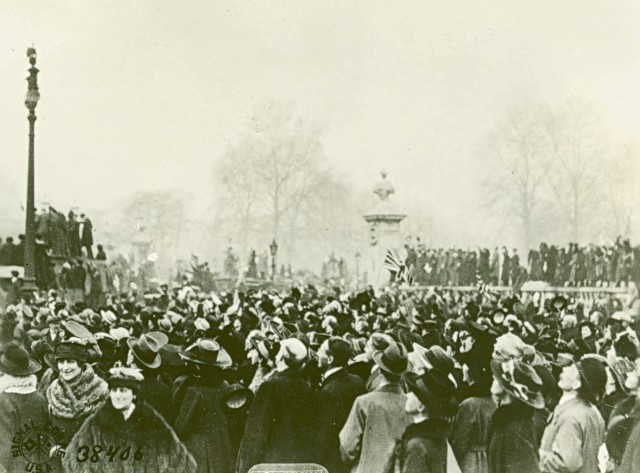
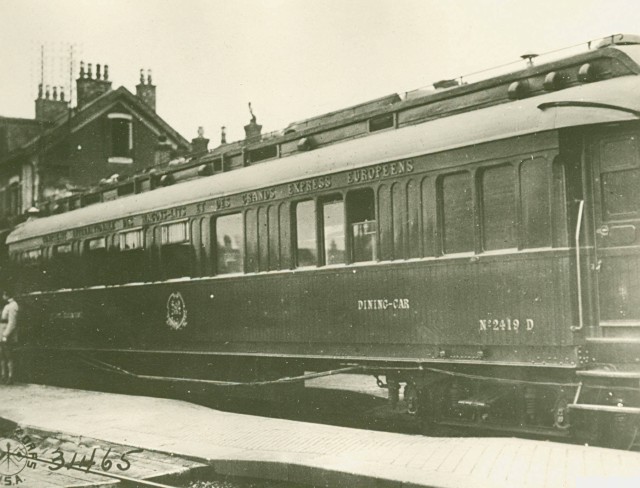
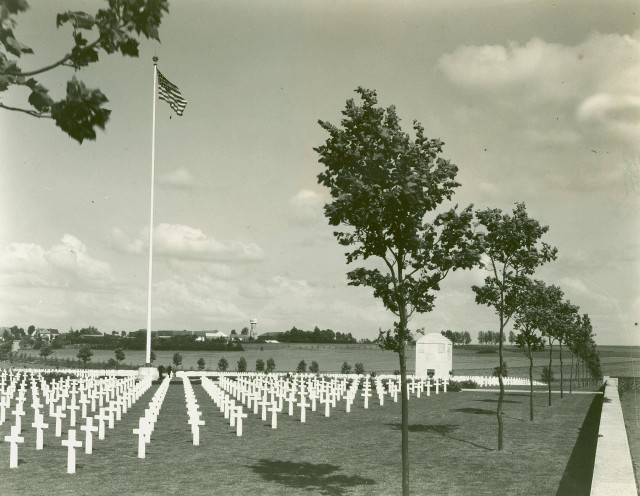
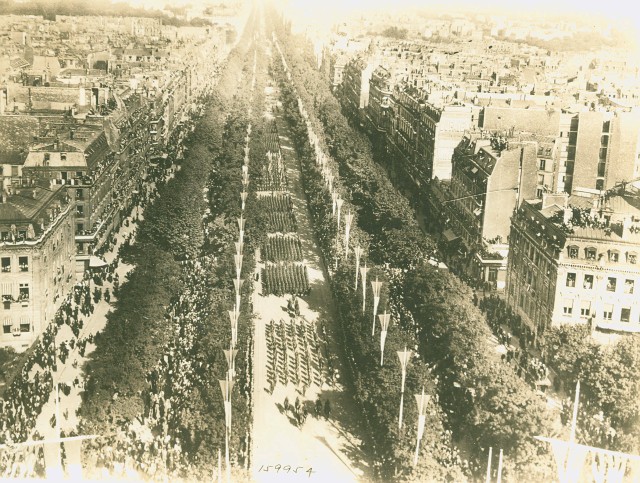
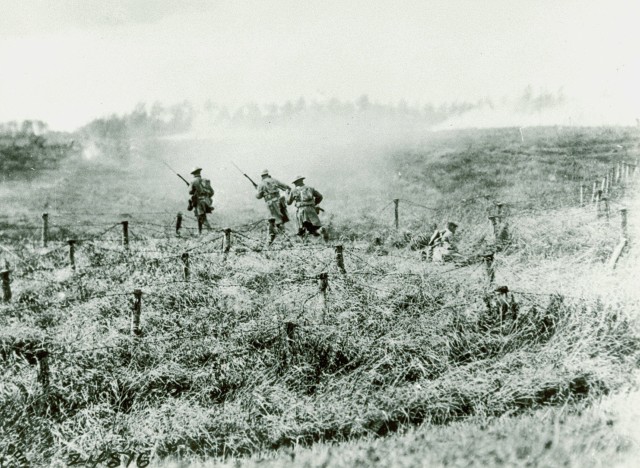
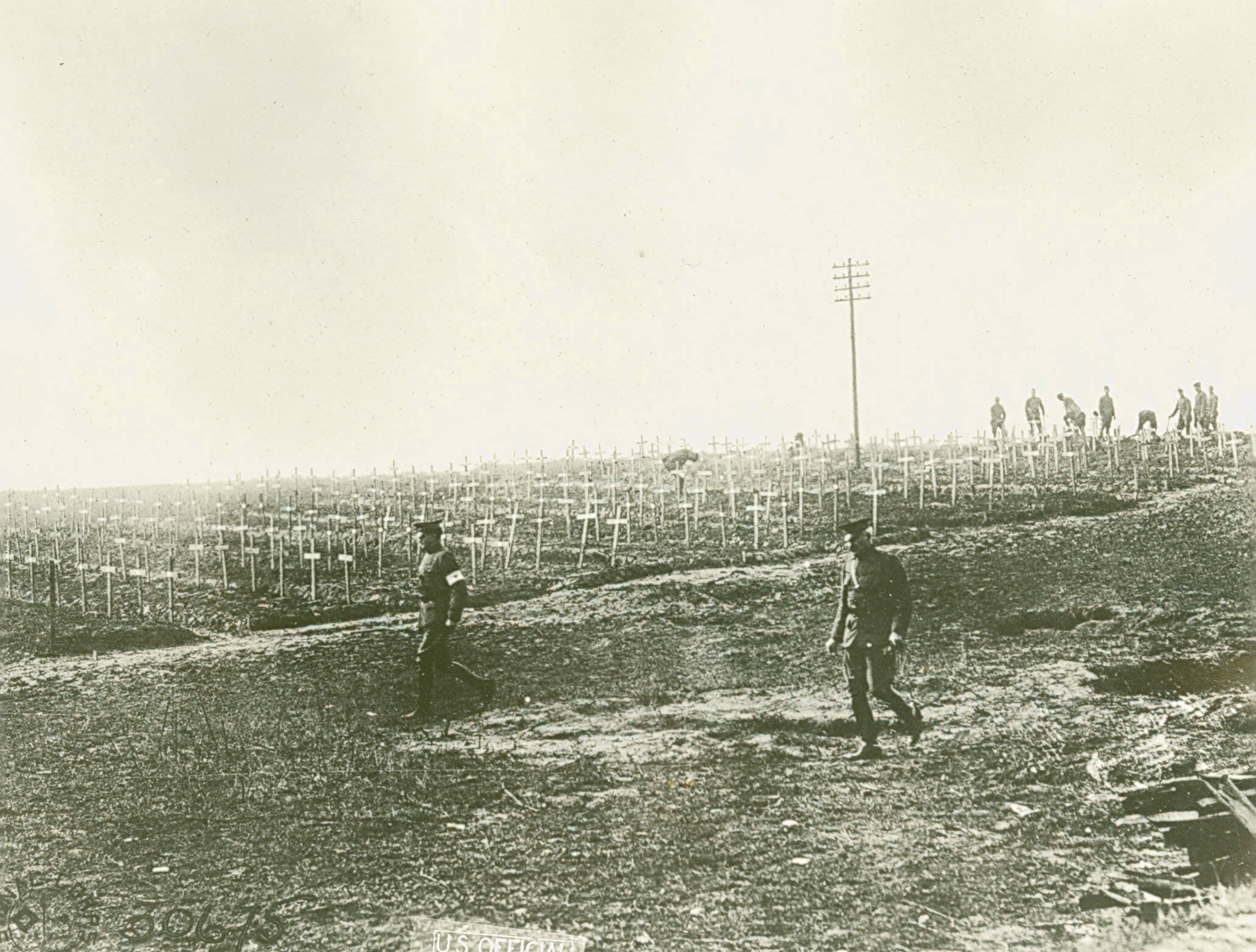





Social Sharing